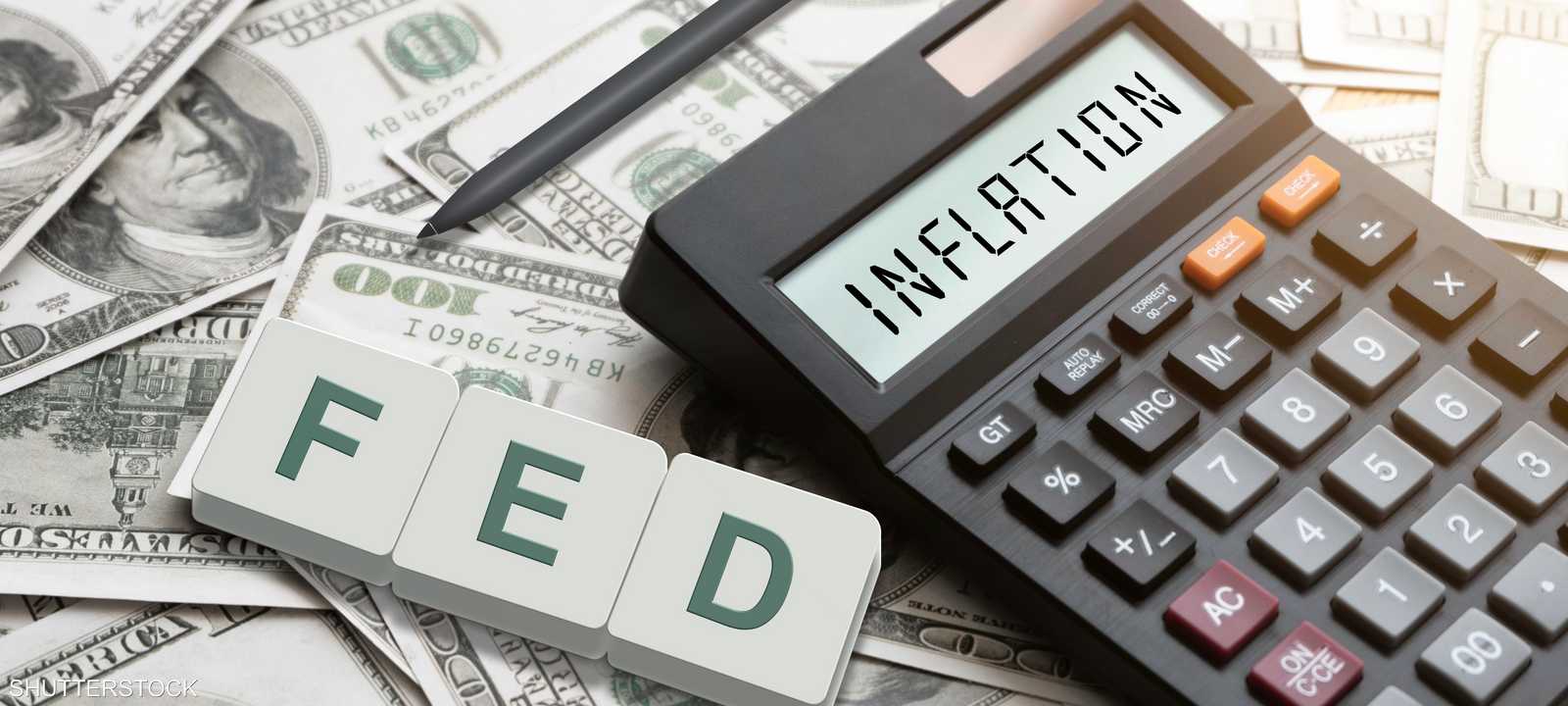
Fed and curbing inflation
The U.S. is no longer struggling with inflation, said senior economist Steve Hanke, a professor of applied economics at Johns Hopkin University.
Hanke said: I think inflation is a historical story. One reason for this is the 4% year-on-year contraction in the US money supply.
“We haven’t seen this since 1938,” Hanke was quoted as saying by CNBC, adding, “A change in the money supply leads to a change in the price index and inflation.”
The money supply is the purchasing power of individuals, expressed in terms of the availability of money, means that the liquid assets of the economic sector depend on the exchange of services and goods, an increase in the money supply leads to the emergence of inflation in the economy, while a decrease in the supply leads to unemployment , the emergence of deflation, and idle capacity.
Money supply is defined as money in circulation other than money held in bank accounts. Money supply does not include any other form of financial wealth such as stocks or financial investments, nor does it include credit instruments such as mortgages and financial loans . Another definition of money supply is the total balance of money and liquid financial instruments circulating in a particular country’s economy.
US inflation slowed to 3% in June on Wednesday, below expectations and the smallest year-on-year increase in two years.
After deducting the volatile food and energy prices, the core CPI rose 4.8% year-on-year and 0.2% month-on-month.
The U.S. producer price index, which measures factory inflation, which measures the prices wholesalers pay for goods purchased, rose 0.1% month-on-month in June, a weaker-than-expected increase.
Core PPI, which excludes food and energy prices, rose 0.1%, also missing expectations.
The latest data may give the Fed some leeway to consider the direction of interest rate policy at its next meeting this year.
Traders have a 94.4% chance of raising rates by 25 basis points to a range of 5.25-5.5% at the next meeting on July 26, according to CME FedWatch data.
“When inflation oscillates, the producer price index rises first, then the consumer price index rises, but core inflation falls like a snail,” Hanke said.
He went on to say: “The situation has now reversed, the producer price index is falling at an alarming rate, the consumer price index is falling faster, but the core inflation index is lagging behind,” explained, explaining that as long as they continue to do quantitative tightening , we’ll see all these reductions.
U.S. central bank policymakers tend to focus more on core inflation, which remains well above the Fed’s 2 percent annual target.
But Hankey noted that if the Fed “continues to do what it’s doing (i.e. raising rates),” it could reach “the 2% range” very quickly.
“Forget all the hype we’ve heard – the Fed chairman has a tough problem, it’s going to be a long battle, inflation is hard to come by,” said Johns Hopkins University economics professor Steve Hanke. control and so on.”
XTB MENA: Dollar faces fresh bullish tour
